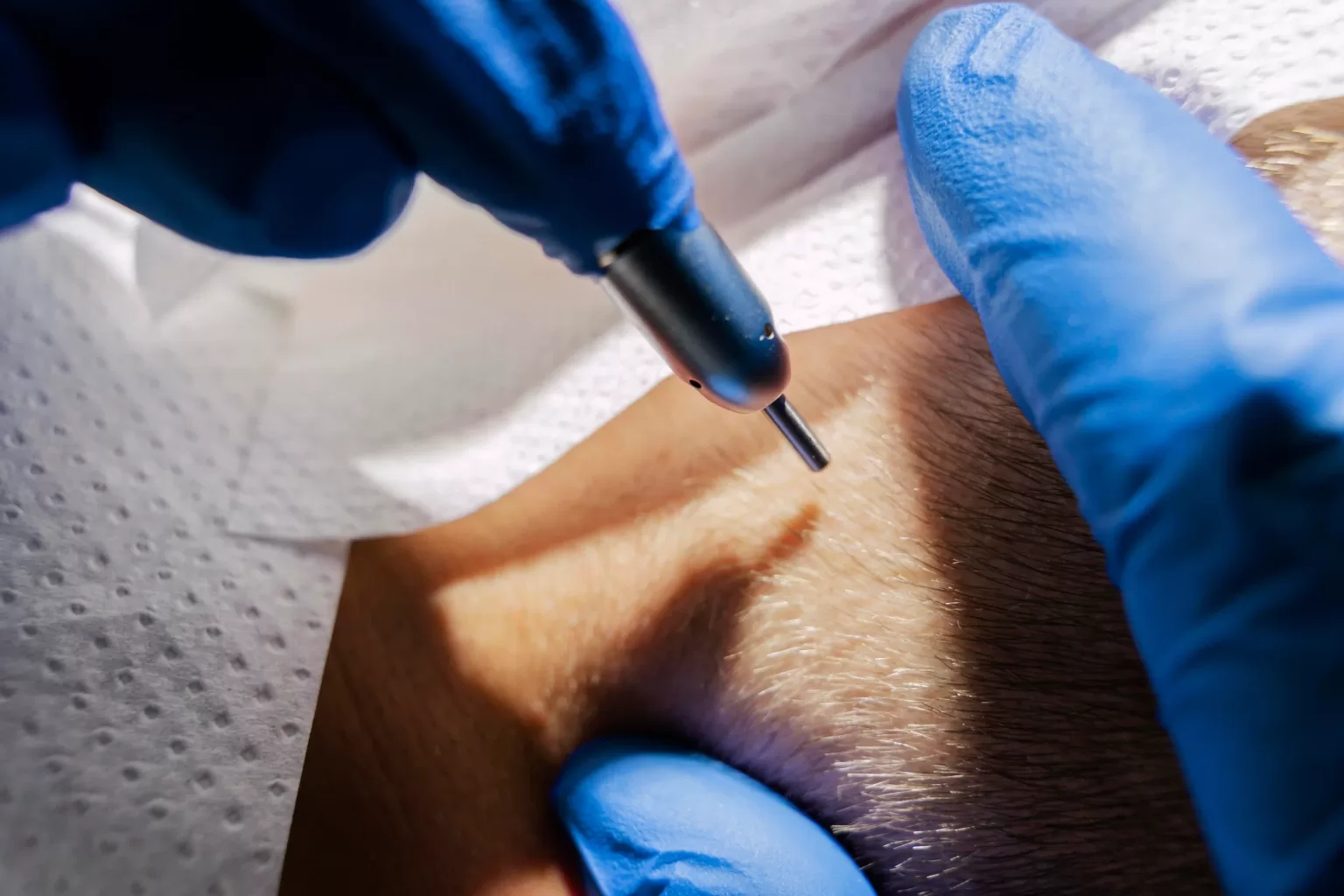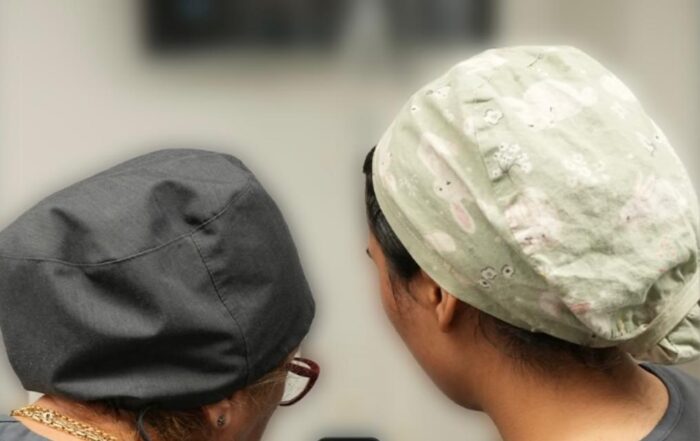
The Evolution of Hair Transplantation Techniques
Hair loss is a common concern that has plagued humanity for centuries. The quest for restoring lost hair has led to numerous innovations and techniques over the years. From the ancient times to modern-day advanced robotic procedures, the field of hair transplantation has come a long way.
The Evolution of Hair Transplantation Techniques
Hair loss is a common concern that has plagued humanity for centuries. The quest for restoring lost hair has led to numerous innovations and techniques over the years. From the ancient Egyptians and Greeks to modern-day advanced robotic procedures, the field of hair transplantation has come a long way. This article explores the fascinating evolution of hair transplantation techniques, shedding light on the historical milestones and scientific advancements that have shaped the practice today.
Early Attempts at Hair Restoration
The journey of hair transplantation begins in ancient civilizations. Historical records suggest that Egyptians and Greeks were among the first to experiment with hair restoration. Ancient Egyptians used various concoctions and ointments to stimulate hair growth . In contrast, Greek physicians documented early surgical attempts to treat hair loss, laying the foundation for future medical advancements .
19th Century Experiments
The 19th century saw significant progress in medical experimentation. German medical student Johann Friedrich Dieffenbach conducted experiments involving hair and feather transplants in animals . Although his work was primarily experimental, it marked the beginning of scientific exploration into hair restoration techniques. Dieffenbach’s contributions paved the way for further developments in the field.
Dr. Shoji Okuda’s Pioneering Work in the 1930s
The true genesis of modern hair transplantation can be traced back to the 1930s, with the pioneering work of Japanese dermatologist Dr. Shoji Okuda. Dr. Okuda developed a technique to treat scalp injuries and burn victims by transplanting hair follicles to the damaged areas . His method involved using a punch tool to extract hair follicles and implant them into small incisions in the recipient site. Unfortunately, due to the political climate of the time, his work remained relatively unknown outside Japan.
Dr. Norman Orentreich’s Groundbreaking Research in the 1950s
In the 1950s, American dermatologist Dr. Norman Orentreich made significant strides in the field of hair transplantation. Dr. Orentreich’s groundbreaking research demonstrated the concept of “donor dominance,” which showed that transplanted hair retained the characteristics of the donor site rather than the recipient site . This principle is fundamental to modern hair transplantation techniques and established the foundation for future advancements.
Development of FUT and FUE Techniques
The late 20th century witnessed the development of two primary hair transplantation techniques: Follicular Unit Transplantation (FUT) and Follicular Unit Extraction (FUE).
- Follicular Unit Transplantation (FUT): In the FUT procedure, a strip of scalp is removed from the donor area (usually the back of the head) and dissected into individual follicular units. These units are then transplanted into the recipient area. While effective, this method can leave a linear scar at the donor site and for this reason, not recommended by Dr. Ulusan.
- Follicular Unit Extraction (FUE): FUE is a more advanced and less invasive technique where individual hair follicles are extracted directly from the donor area using a micro-punch tool. These follicles are then implanted into the recipient area. FUE leaves minimal scarring and has a faster recovery time compared to FUT. All the techniques you hear these days such as: DHI and Sapphire are actually a derivation of FUE, because harvesting of the grafts is done in FUE technique most of the time.
Modern Advancements: Robotic Hair Transplantation and PRP Therapy
Today, hair transplantation continues to evolve with the integration of new technologies and techniques. Robotic hair transplantation, for example, uses robotic arms to assist in the extraction and implantation of hair follicle. However, despite everything, there is still no technology that can match the hand skills and meticulous work of an experienced and talented hair transplant doctor or the expert team they have trained. For instance, even though robotic arms are used in robotic hair transplantation, they still cannot surpass experienced and skilled professionals. Clinics that rely solely on technology for marketing should be approached with caution.
Additionally, Platelet-Rich Plasma (PRP) therapy has shown promising results when used in conjunction with hair transplantation. PRP involves injecting concentrated platelets from the patient’s blood into the scalp to promote healing and stimulate hair growth . Studies have demonstrated that PRP can enhance the survival and growth of transplanted hair follicles. In Turkey and Izmir, Dr. Sibel Ulusan was the first to start performing hair transplants with PRP in the 2000s.
Conclusion
The evolution of hair transplantation techniques is a testament to human ingenuity and the relentless pursuit of solutions for hair loss. From ancient remedies to modern robotic advancements, the field has continuously evolved to provide effective and permanent solutions for hair restoration. As technology progresses, the future of hair transplantation looks even more promising, offering hope to millions seeking to restore their hair and confidence.
We are proud to contribute to advancements by participating in global medical conferences under the leadership of Dr. Sibel Ulusan and Dr. Zafer Ulusan.
At Dr. Sibel Ulusan’s clinic, we are dedicated to staying at the forefront of these advancements, ensuring our patients receive the highest quality care and the latest in hair restoration techniques. If you are considering a hair transplant, contact us today to learn more about how we can help you achieve your hair restoration goals.
References
- Ancient Egyptian Medicine." National Library of Medicine. Retrieved from NLM.
- Greek Medicine." National Library of Medicine. Retrieved from NLM.
- Johann Friedrich Dieffenbach: A Pioneer in Hair Transplantation. Journal of Medical Biography. Retrieved from JMB.
- Dr. Shoji Okuda and the History of Hair Transplantation." International Society of Hair Restoration Surgery (ISHRS). Retrieved from ISHRS.
- Orentreich, N. "Autografts in Alopecias and Other Selected Dermatologic Conditions." Annals of the New York Academy of Sciences, 1959.
- FUT Hair Transplantation." Hair Transplant Network. Retrieved from HTN.
- FUE Hair Transplantation." Hair Transplant Network. Retrieved from HTN.
- Robotic Hair Transplantation: The Future is Now." Robotics in Surgery. Retrieved from RIS.
- PRP Therapy in Hair Transplantation." Journal of Cosmetic Dermatology. Retrieved from JCD.
References
- Ancient Egyptian Medicine." National Library of Medicine. Retrieved from NLM.
- Greek Medicine." National Library of Medicine. Retrieved from NLM.
- Johann Friedrich Dieffenbach: A Pioneer in Hair Transplantation. Journal of Medical Biography. Retrieved from JMB.
- Dr. Shoji Okuda and the History of Hair Transplantation." International Society of Hair Restoration Surgery (ISHRS). Retrieved from ISHRS.
- Orentreich, N. "Autografts in Alopecias and Other Selected Dermatologic Conditions." Annals of the New York Academy of Sciences, 1959.
- FUT Hair Transplantation." Hair Transplant Network. Retrieved from HTN.
- FUE Hair Transplantation." Hair Transplant Network. Retrieved from HTN.
- Robotic Hair Transplantation: The Future is Now." Robotics in Surgery. Retrieved from RIS.
- PRP Therapy in Hair Transplantation." Journal of Cosmetic Dermatology. Retrieved from JCD.


